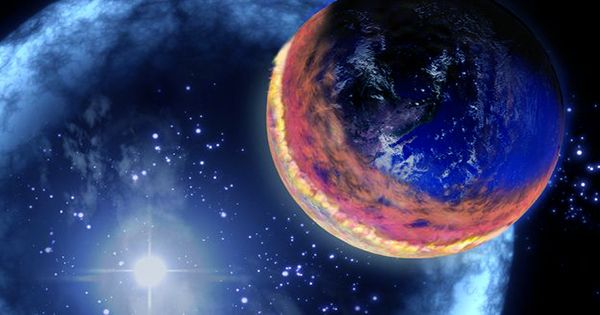Recent launches of mega-stars, such as Elon Musk’s Star Link, have been criticized for how their brightness and orbits affect current and upcoming ground-based observations. But the situation seems to be worse than we thought. New results prove that artificial satellites are contributing to more light pollution than previously thought. Published in the Royal Astronomical Society’s Monthly Notice of the Letter, this work looked at a whole cloud of man-made objects orbiting our planet.
This includes not only active satellites, but also misused content. It also contains some parts of the rocket and lots of small pieces of space junk. Individuals of larger and larger sizes can be captured only by the most intense equipment, but overall, the unresolved noise above us creates an illumination that makes the night sky more than 10 percent brighter than the natural level. This is beyond the boundaries agreed in 1979 to consider any space as light-contaminated.
Co-author John Barentine, Director of Public Policy for the International Dark-Sky Association, said in a statement, “Our results show that more people than just astronomers can lose access to the spiritual night sky.
“In contrast to ground-based light pollution, such artificial light can be seen in the night sky across a large part of the earth’s surface. Astronomers make observations far away from city lights to find dark skies, but the geographical prevalence of such light pollution is much higher. The work considers the overall effect of artificial objects in space in the night sky. The team did not expect this to be significant for daily observers, but analyzes show that it is important to consider moving forward.
“Our initial inspiration was to estimate the possible contribution of the brightness of the night sky from external sources such as space objects in Earth’s orbit,” explained Miroslav Kocifaj, lead author of the Slovak Academy of Sciences Slovakia and the University of Slovakia. We hoped that if the increase in brightness of the sky would be marginal, our first theoretical assumptions proved to be extremely surprising and thus encouraged us to report the results immediately.” Private companies have begun to soften the reflection of what they send into orbit, but this may not be enough. The rapid growth of objects around the planet looks dramatically changing like the night sky.
















